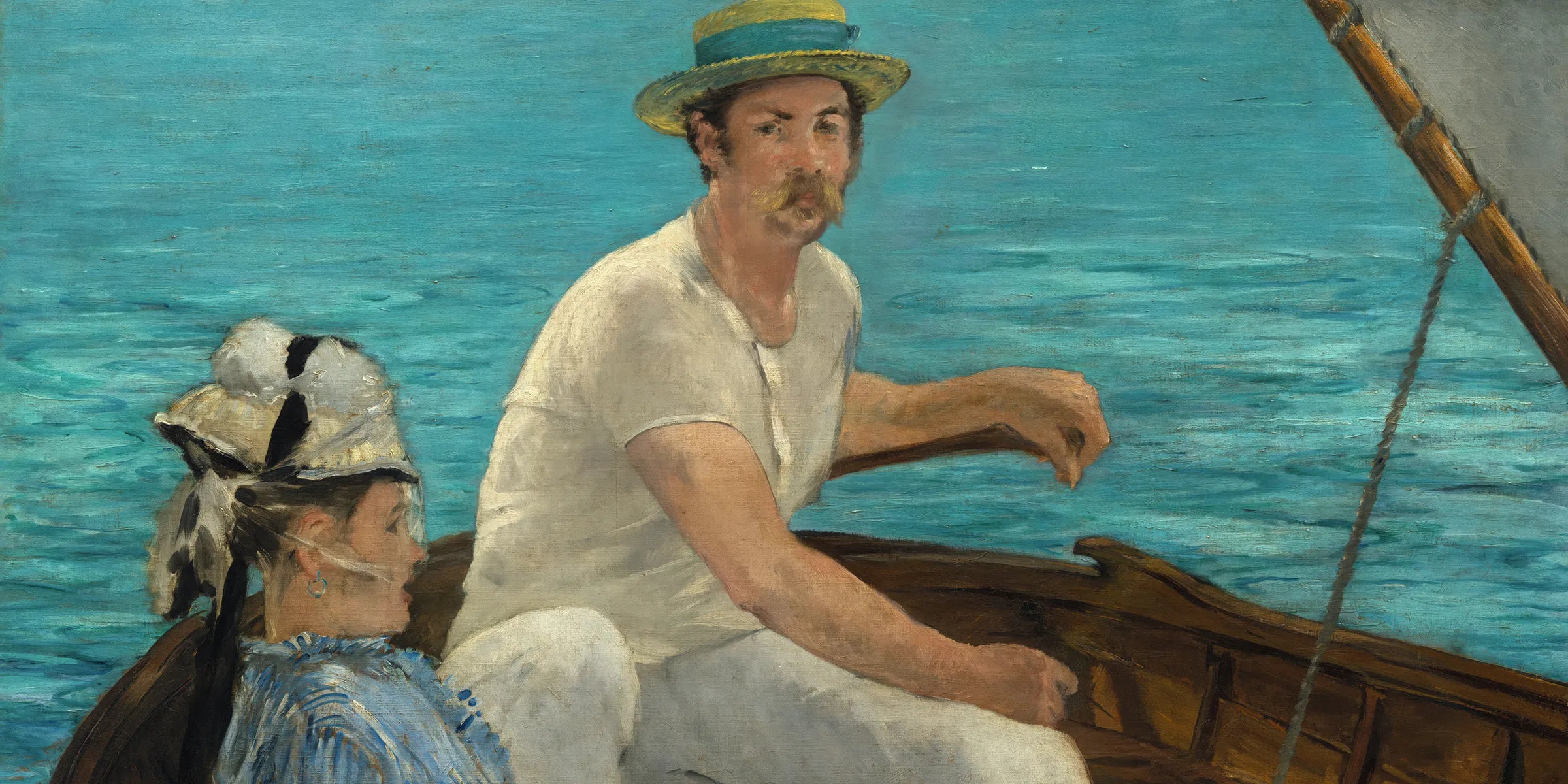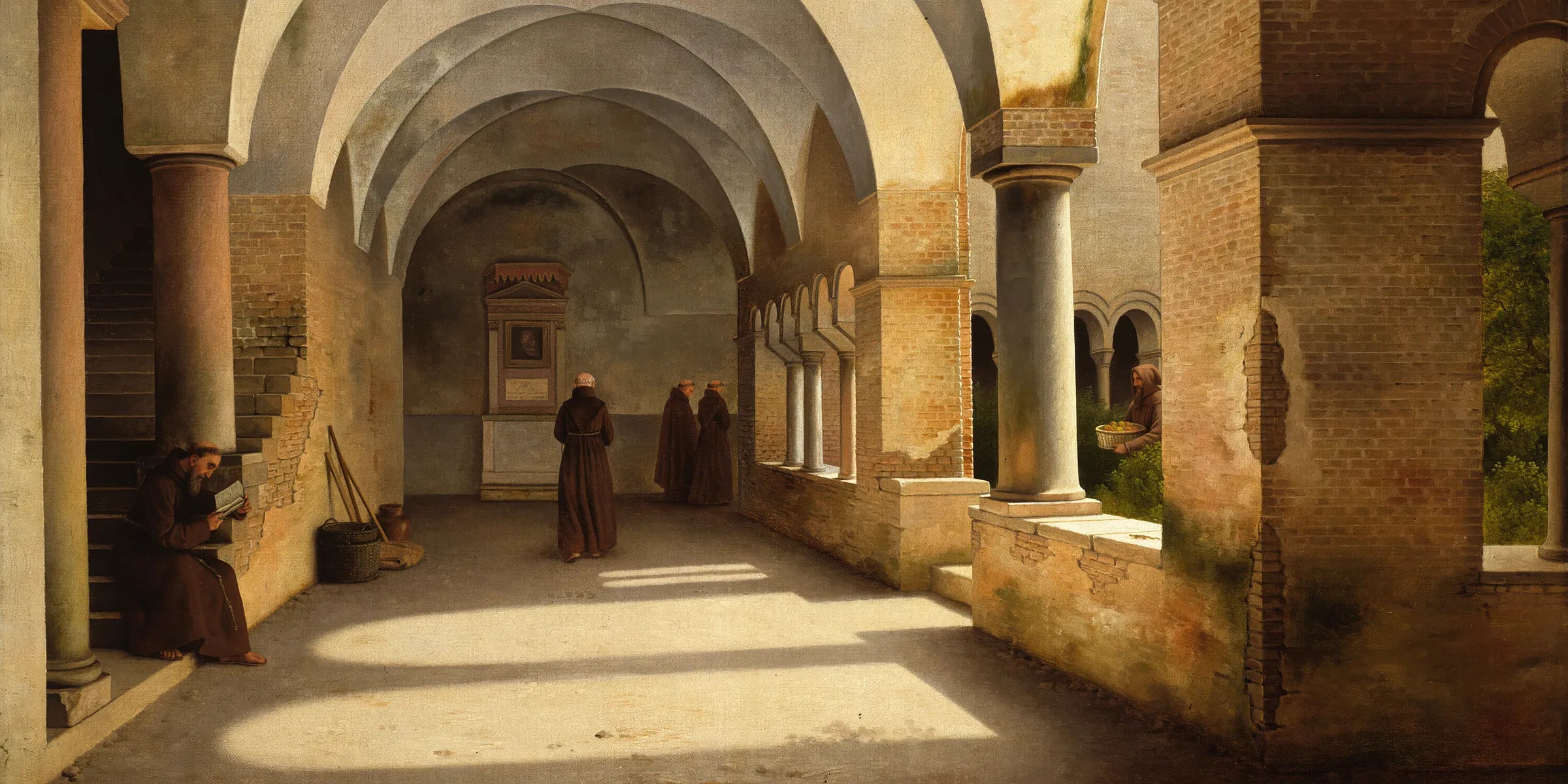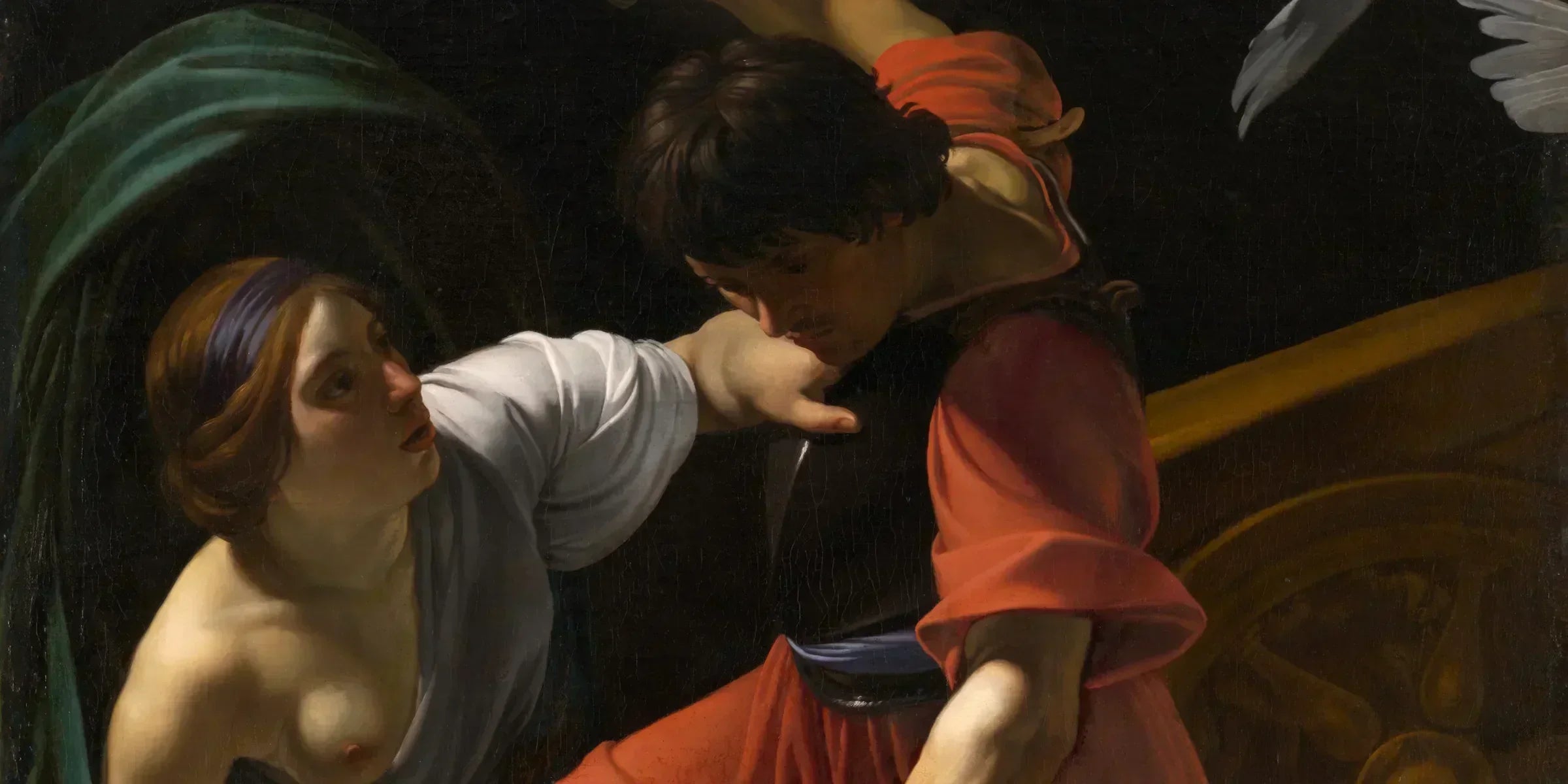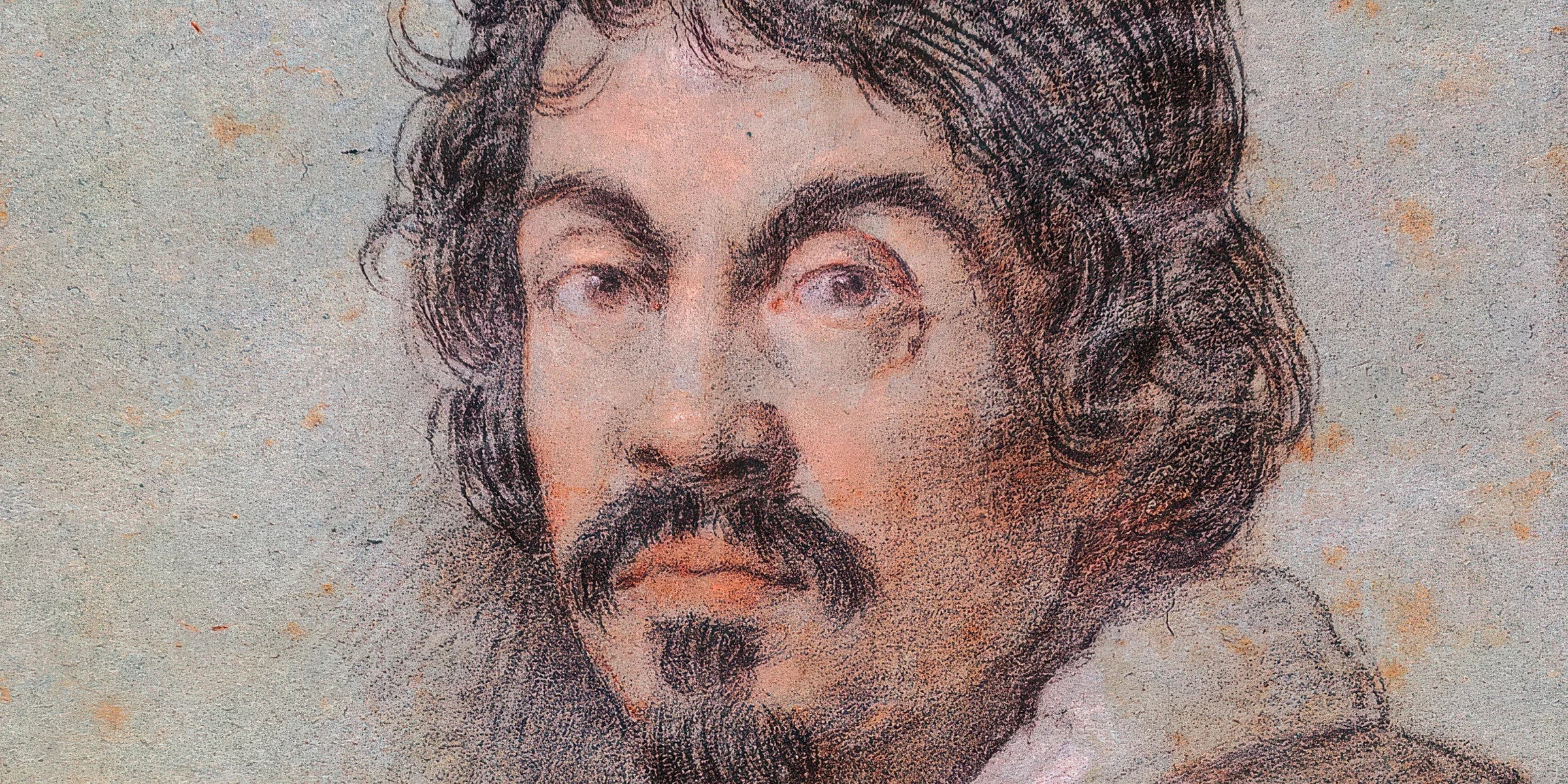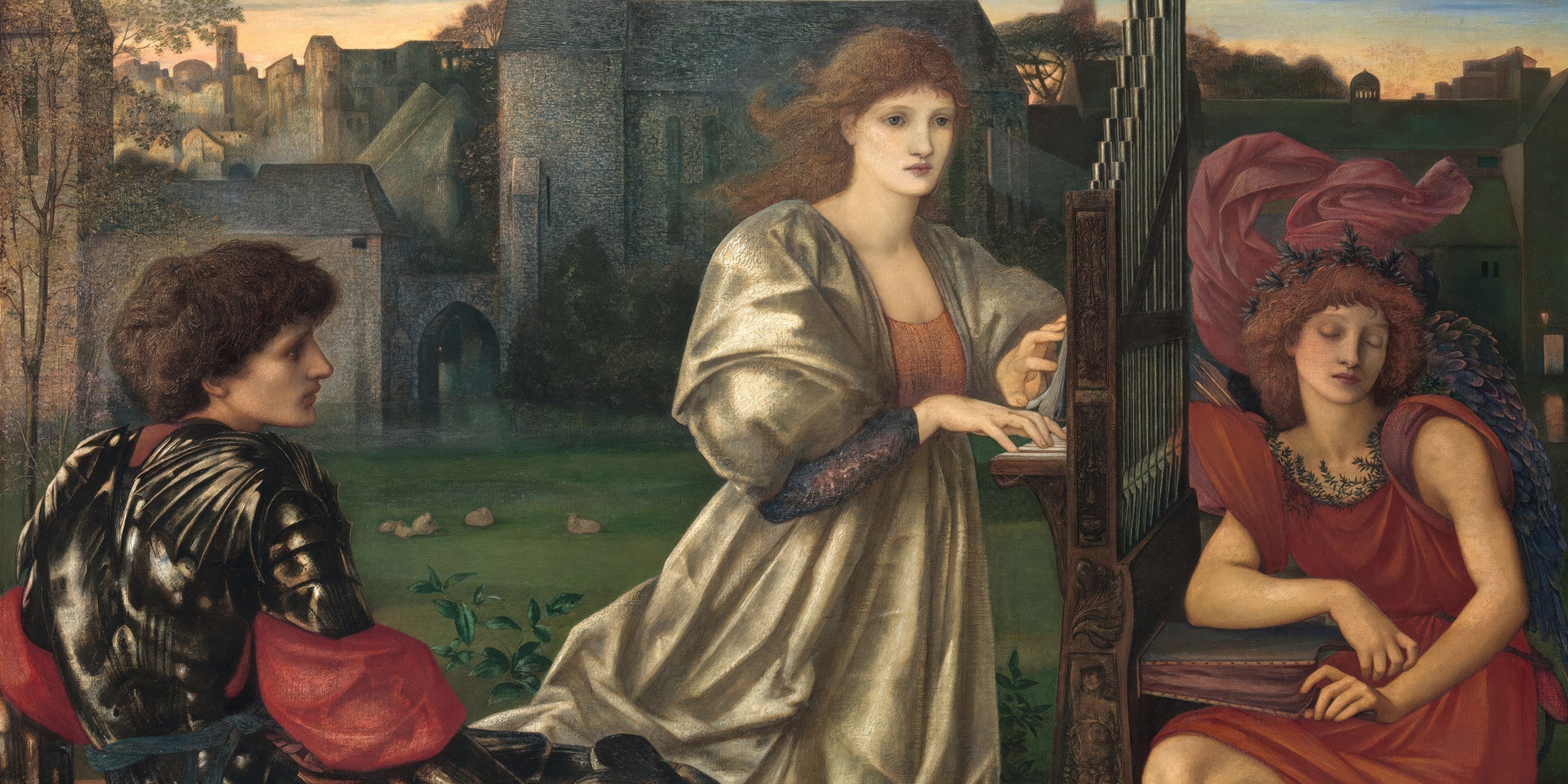A Lush and Lavish Art Movement
Rococo is a style that emerged in early 18th-century France, flourishing in the decorative arts, painting, architecture, and interior design. It followed the grandeur of the Baroque period but took a lighter, more whimsical approach. Known for its playful elegance, pastel color palettes, and intricate ornamentation, Rococo art captures the opulence and indulgence of the aristocracy before the upheaval of the French Revolution.
Historical and Cultural Context
Rococo emerged during the reign of Louis XV (1715–1774) as a reaction to the more dramatic and imposing Baroque style that dominated under Louis XIV. The movement found its roots in the salons of Paris, where the elite sought to create intimate, luxurious spaces filled with art that reflected their carefree and romantic lifestyle. Unlike the Baroque, which was deeply religious and political, Rococo was more secular, focusing on themes of love, leisure, and nature.
The movement spread across Europe, influencing art and design in Germany, Austria, and even Italy. In architecture and interior design, Rococo was marked by asymmetry, elaborate stucco work, gilded moldings, and soft, curving lines that created an airy, dreamlike atmosphere.

Techniques and Style
Rococo painters, such as Jean-Antoine Watteau, François Boucher, and Adélaïde Labille-Guiard, mastered the art of portraying sensuality and frivolity with feathery brushwork and delicate, luminous colors. Their works often depicted scenes of aristocratic leisure—flirtations in lush gardens, mythological fantasies, or playful domestic settings.
Some key stylistic features of Rococo include:
- Pastel Colors: Soft blues, pinks, creams, and golds dominate the palette.
- Curvilinear Forms: Flowing, organic shapes replace the rigid symmetry of Baroque.
- Playful Themes: Love, romance, and fantasy are central subjects.
- Decorative Flourishes: Swirling patterns, floral motifs, and lighthearted ornamentation.
Fascinating Facts About Rococo
- A Watteau-Inspired Genre – The French painter Jean-Antoine Watteau developed the “fête galante” genre, depicting aristocrats in dreamy, outdoor settings filled with flirtation and courtly romance. His masterpiece, Pilgrimage to Cythera, is a prime example of this style.
- Marie Antoinette’s Love for Rococo – The ill-fated French queen was a fan of Rococo aesthetics, evident in her extravagant fashion, furniture, and the famous Petit Trianon palace at Versailles.
- Rococo in Music – The elegance and ornamentation of Rococo influenced music as well, with composers like François Couperin and Jean-Philippe Rameau creating delicate, decorative compositions that mirrored the artistic movement.
-
Adélaïde Labille-Guiard’s Rococo Elegance – Although she worked during the transitional phase toward Neoclassicism, Labille-Guiard remained faithful to the pastel palette and refined detail that typified Rococo portraiture. Her celebrated Self-Portrait with Two Pupils (1785) exemplifies her mastery of delicate brushwork and fashionable costuming, capturing the aristocratic allure and ornate grace of late 18th-century France.

The Legacy of Rococo
By the late 18th century, Rococo fell out of favor as the Neoclassical movement emerged, emphasizing order, simplicity, and a return to classical ideals. Critics viewed Rococo as overly indulgent and frivolous, but today, it is admired for its enchanting beauty and technical mastery.
If you love the dreamy, playful elegance of Rococo, explore our collection of art reproductions that bring this captivating era into your own space! ✨



